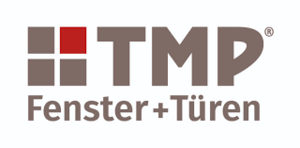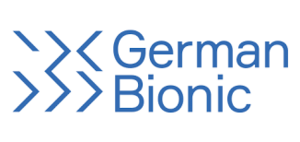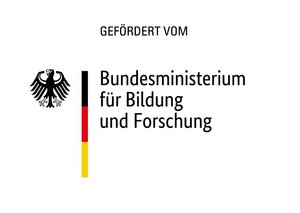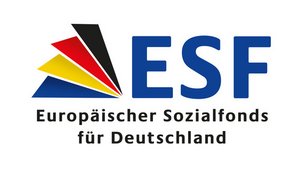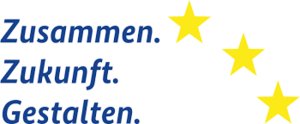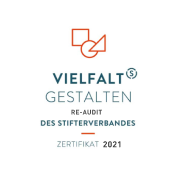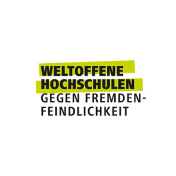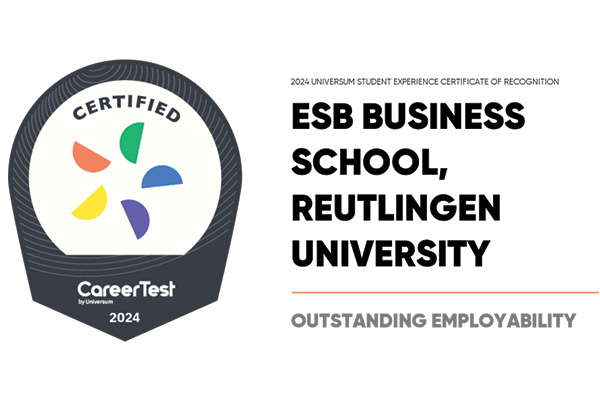Exo4LogiProd
The research project "Workplaces of the Future with Integrated Intelligent Exoskeletons for Logistics and Production Processes in SMEs (Exo4LogiProd)“ examines application scenarios of exoskeletons in SMEs.

The aim of the Exo4LogiProd research project is to identify, develop and adapt available exoskeletons to the requirements of ergonomically demanding workplaces in SMEs. In this way, stress and injuries to employees can be avoided at an early stage and at the same time efficiency can be maintained into old age. For this purpose, various workplaces at SMEs are analysed and the physically "heaviest" activities are selected for further investigation. This is followed by detailed modelling and simulation of the workplaces.
Recommendations for action are generated with the help of digital analysis tools. These show which exoskeletons are suitable for use and which extensions or adaptations need to be made - both on the part of the excoskeleton and the workplace. Based on the simulation results and the recommendations for action, the physical exoskeletons are adapted to the determined workplace conditions. These are tested, validated and, if necessary, further adapted at simulated workplaces or demonstrators within the research institutions in appropriate application scenarios.
Main project contents and results of the subproject of Reutlingen University
The subproject of Reutlingen University focusses in particular on the following activities:
- Conducting ergonomic analyses at the industrial partners' premises
- Digital mapping of exoskeleton workplaces
- Research into the work system design of workplaces where exoskeletons are used
- Carrying out demonstration, test and validation tasks in Werk150
At the beginning of the project, ergonomics analyses were carried out using various analysis methods (e.g. Leitmerkmalmethode/key indicator method, EAWS, NIOSH). Physically stressful workplaces were examined at the premises of the industrial partners Eisenbau Heilbronn GmbH (tank and apparatus construction, e.g. for sewage treatment plants) and TMP Fenster + Türen GmbH (manufacturer of windows, doors and conservatories) in order to capture the initial situation for a potential use of exoskeletons. This showed in particular a high level of physical strain when lifting, holding and carrying heavy loads > 10 kg, for which the use of an exoskeleton would provide the potential to reduce physical strain and improve ergonomics.
Based on the analysed industrial workplaces, physical demonstrators in Werk150 and a digital demonstrator for investigatons with a digital human model were developed and implemented. The investigations in the digital workplace were carried out with a focus on the processes of lifting, holding and carrying.
In the demonstrator application, stone slabs weighing 20kg are taken from a pallet and placed on a height-adjustable work table. These slabs are then placed on a conveyor belt. In this way, a (generic) process chain of lifting, holding and carrying operations was modelled, which is relevant for many industries (industrial assembly, construction etc.) and illustrates the possibilities and limitations of exoskeletons for supporting the manual handling processes of heavy goods.
The experiments were conducted with different human models representing different body types. The digital ergonomics analyses were carried out using the Rapid Upper Limb Assessment (RULA) based on the developed industry-independent application described above, which considered an employee with and without an exoskeleton. The results of the RULA analysis of the digital work system led to a recommendation to change the work system or the postures and work processes of the human model for the work without an exoskeleton, as an ergonomic overstrain of numerous areas of the body was determined due to the heavy loads to be handled.
In order to facilitate the potential assessment and use of exoskeleton technologies for SMEs and to systematise the process for exoskeleton selection and work system design, a method for the design of work systems has been developed that contains criteria and characteristics for the design of work systems. It is also important for the industrial deployment of exoskeletons that exoskeletons are to be considered according to the STOP principle (ArbSchG § 4, substitution, technical protective measures, organisational protective measures, personal protective measures) subordinate to all other hazard-reducing measures.
By means of various experiments with the physical demonstrator, the practical suitability of the developed approaches and methods was examined. The experiments were conducted with professionals, but also with participants in education and training events. Based on a guideline for the selection of exoskeletons and an "exoskeleton-integrated methodology for holistic work design", the design and construction of a demonstrator as well as ergonomics analyses for lifting, holding and carrying processes with heavy loads (>10 kg) were carried out in Werk150 at ESB Business School. The comparative tests with or without the exoskeleton on the physical demonstrator in Werk150 showed that the use of the exoskeleton prevents an ergonomic overstrain of the back muscles when lifting and putting down the load (20kg), which occurs without the exoskeleton. Based on this, user tests were conducted in Werk150 with industry participants and students wearing an active and a passive exoskeleton. The participants were asksd in an online survey directly after testing the exoskeletons on the demonstrator about the support or discomfort they felt from the exoskeleton on various parts of the body, about usability aspects according to DIN EN ISO 9241-11 when putting on and taking off the exoskeleton and during process execution on the demonstrator. In addition, necessary optimisations of the workplaces, recommendations for action on the configuration and further development of the exoskeleton were determined.
The surveys showed that the participants felt significant relief in the lower back, thighs and buttocks, especially with the active exoskeleton (CrayX).
TMP Fenster und Türen GmbH: TMP has been producing windows, doors and conservatories made of plastic aluminium since 1990. Each window, each door is made individually according to the customer's requirements.
Eisenbau Heilbronn GmbH: Eisenbau Heilbronn GmbH was founded in 1930 and since then has been active in tank and apparatus construction.
German Bionic System GmbH (GBS): GBS is a German-based company founded in 2017 by Dr Peter Heiligensetzer and specialises in the development and distribution of modern exoskeletons.
Fraunhofer-Institut für Arbeitswirtschaft und Organisation IAO: Fraunhofer IAO deals with issues relating to working people. Among other things, it examines holistic concepts for work and organisational design and the forward-looking interaction between people and technology.
Your contact person
The project was funded by the Federal Ministry of Education and Research (BMBF) as part of the funding programme: "The Future of Work: SMEs - Innovative and Social"


